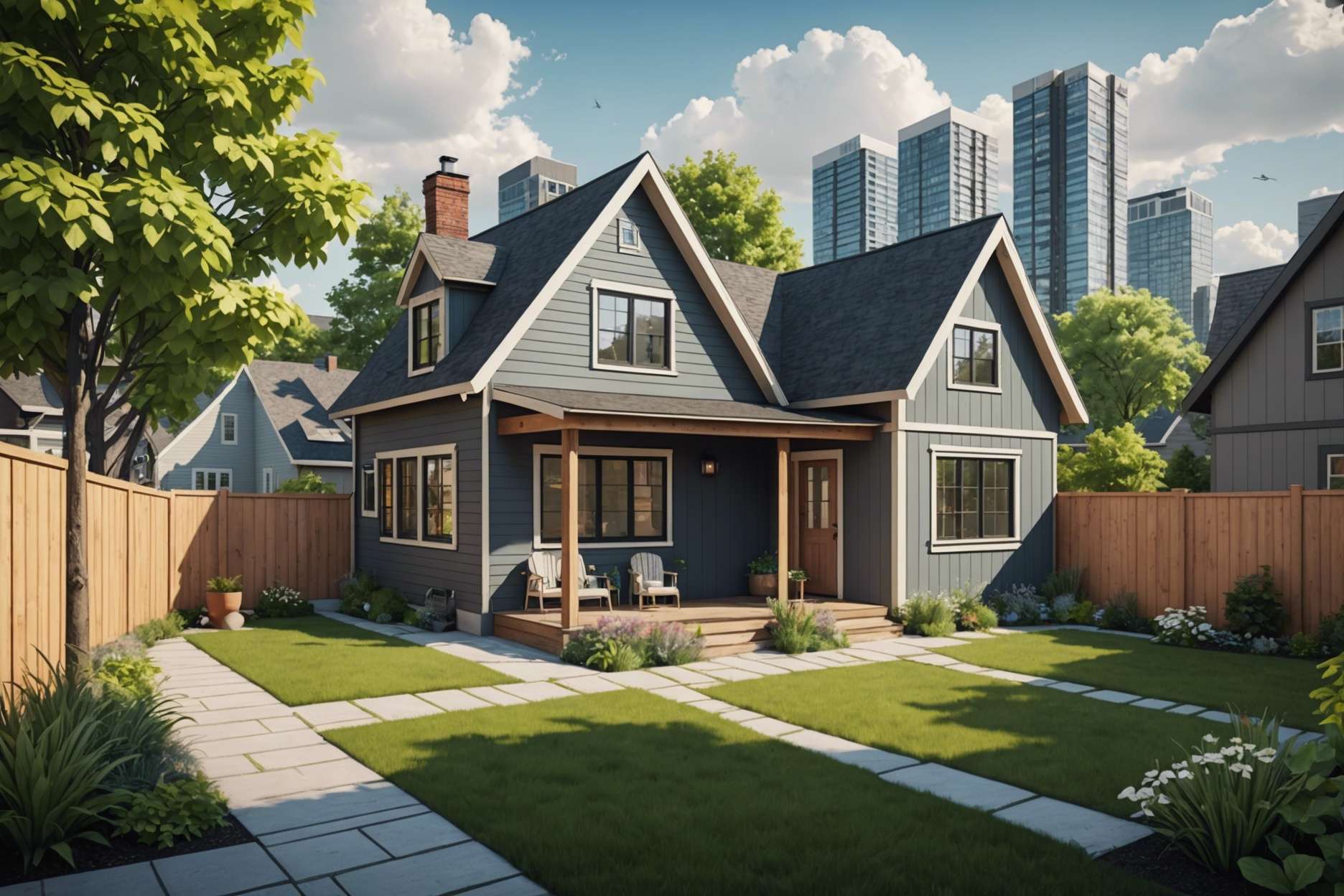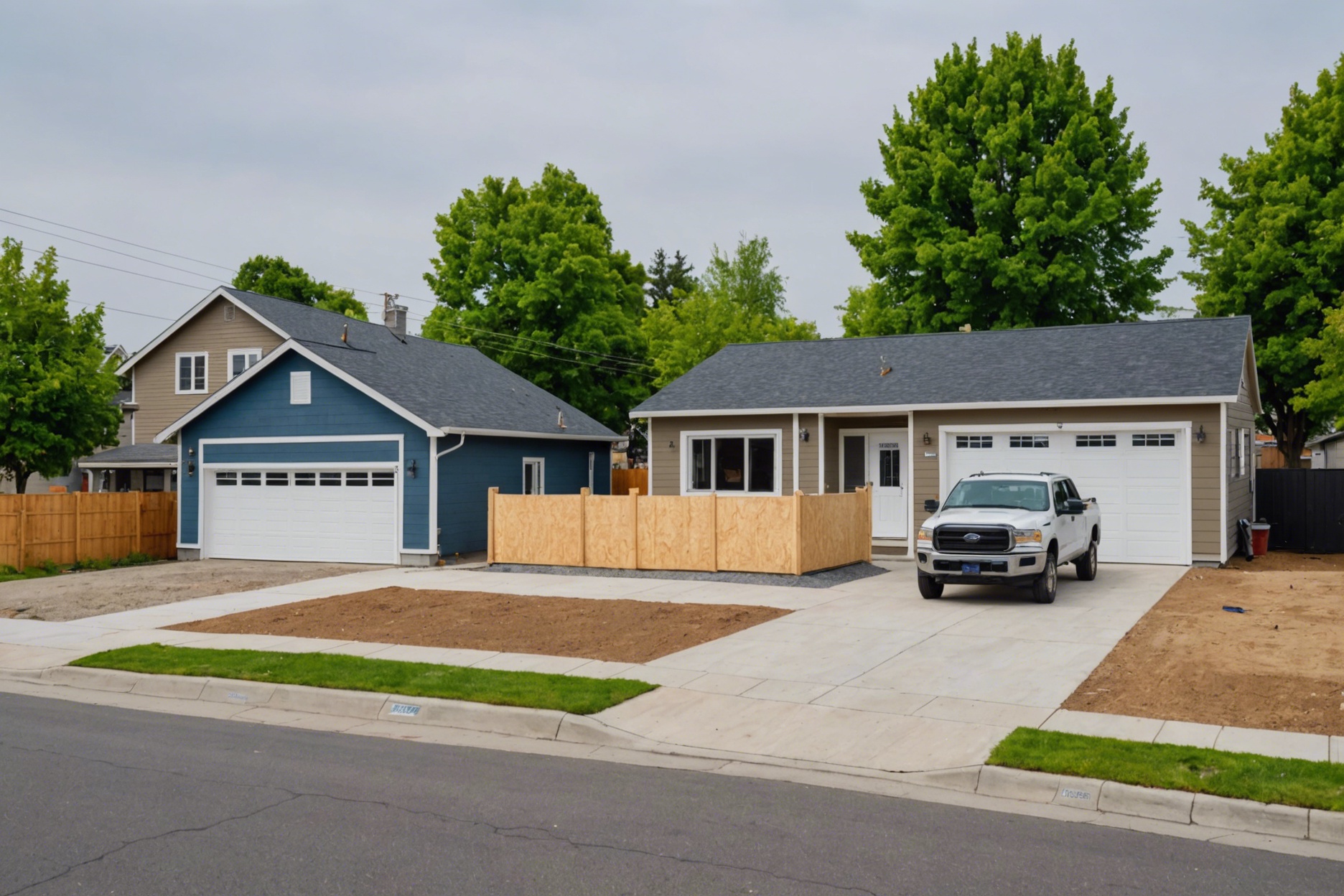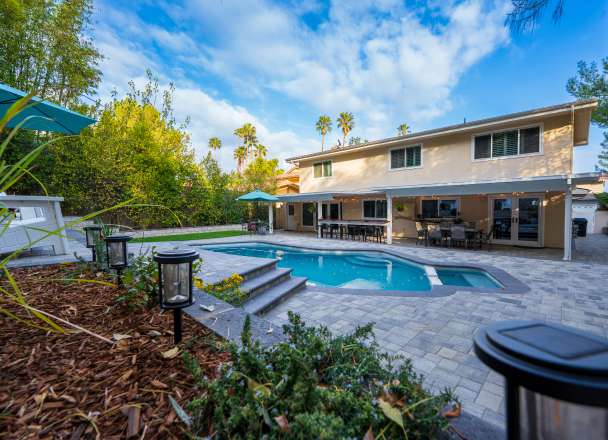Insights into ADU Development: Understanding Municipal Fees
- #General Remodeling

- Smooth Plaster Finish
- Shimmering Pebble Finish
Municipal fees for ADU development include permit fees, plan check fees, and impact fees, which vary based on ADU size and city regulations. Proactively managing these fees involves detailed planning, checking for local exemptions, and opting for simplified or pre-approved ADU designs to minimize costs.
Introduction to ADU Development
Accessory Dwelling Units (ADUs) like backyard cottages and basement apartments are gaining popularity as solutions to high housing costs in urban areas. They use little land and are cheaper and faster to build, making them an efficient alternative in crowded cities.
- Cost-Effective: Building ADUs is less expensive than many other housing options.
- Fast Construction: These units can be completed quickly.
- Land Use: They maximize the existing land without the need for acquiring new properties.
Cities such as San Diego have seen significant success with their ADU programs, initiating incentives to encourage the construction of affordable units. As a result, ADUs accounted for about 20% of San Diego’s housing applications since the program launched in 2020.
- Incentives: Programs offer benefits like bonuses to encourage more homeowners to build ADUs.
- Policy Support: Effective implementation requires updated policies, public education, and streamlined processes.
- Voluntary Participation: These programs depend on homeowners choosing to build ADUs, which can be a limiting factor.
Other cities like Los Angeles and West Hollywood are exploring similar strategies to enhance the availability of affordable housing through ADUs.

Types of Municipal Fees
When developing an Accessory Dwelling Unit (ADU), you might encounter a variety of municipal fees. Here’s a quick breakdown:
- Permit Fees: These are required to obtain approval to start construction. They ensure your project adheres to local standards.
- Plan Check Fees: Charged for the review of your ADU plans to make sure they meet code requirements.
- Impact Fees: These fees help cover the cost of increased public services needed due to your new development.
In California, laws are in place to oversee these fees:
- ADUs smaller than 750 square feet are exempt from impact fees.
- For ADUs over 750 square feet, fees must relate proportionally to their size compared to the primary home.
There are specific cases, like with School District Impact Fees, where any ADU larger than 500 square feet might still incur fees.
Managing Costs:
- Prepare a detailed cost sheet and keep regular tabs with your design team and building officials.
- Check with your local building department to confirm all fees before you start building.
- Cost-saving strategies could include choosing simpler ADU designs, using pre-approved plans, and engaging early with city planners.
Factors Influencing Fee Variations
The cost of building an Accessory Dwelling Unit (ADU) can vary significantly. The variations are influenced by:
- Location: Fees for permits and extra services change depending on the city.
- ADU size and type: Costs change whether it’s a detached unit, an attached one, or a garage conversion. Stick-built ADUs cost between $350 to $550 per square foot, whereas garage conversions start at about $110,000 and can exceed $200,000.
- Municipal fees:
- Plan check fees: Charged to review the building plans.
- Permit fees: Necessary to obtain official approval to start construction.
- Impact fees: Cover the costs of additional public services the new dwelling will require.
Each factor requires thoughtful consideration to manage costs effectively. Engaging early with city planners and opting for pre-approved designs can save time and money. It’s often recommended to prepare a detailed budget, including a 10-15% contingency for unforeseen expenses, to ensure financial readiness throughout the building process.

Strategies to Manage and Reduce Fees
Developing an Accessory Dwelling Unit (ADU) involves various municipal fees, including plan check fees, permit fees, and impact fees. These fees can vary based on your location and the specifics of your ADU project. Understanding these fees is key to managing your budget effectively.
- Plan Check Fees: Charged to review your ADU plans.
- Permit Fees: Paid to obtain approval to start construction.
- Impact Fees: Cover the costs of extra public services required by the ADU.
To manage and potentially reduce these fees:
- Detailed Planning: Use a detailed spreadsheet to track all expenses and fees.
- Regular Communication: Keep in touch with your design team and local building officials.
- Verify Fees: Check all fees with your local building department before you begin construction.
Cost-saving strategies:
- Seek Exemptions: Understand what exemptions and waivers are available in your area.
- Simplify Designs: Opt for simpler ADU designs to lower fees.
- Engage Early: Connect with city planners early in the process to discuss your project.
Using pre-approved ADU plans and applying for permits in groups can also help save costs. Thoughtful planning and consulting with ADU professionals, like those at EHD Builders, can lead to significant savings.

FAQ
What are Accessory Dwelling Units (ADUs)?
Accessory Dwelling Units (ADUs) are secondary housing units on the same grounds as a main residence, such as backyard cottages and basement apartments. They offer a cost-effective and space-efficient solution to address high housing costs in urban areas.
Why are ADUs becoming popular?
ADUs are becoming popular because they provide a less expensive, quicker construction alternative for housing, using existing land efficiently without the need to acquire new properties. This makes them suitable for crowded urban spaces where land is limited and expensive.
What incentives are cities providing for ADU development?
Cities like San Diego have launched incentive programs that include benefits and bonuses, encouraging homeowners to construct ADUs by reducing costs and streamlining the approval process. Such incentives aim to increase affordable housing options within the city.
What kinds of municipal fees are associated with constructing an ADU?
When constructing an ADU, you might encounter fees like Permit Fees for construction approval, Plan Check Fees for reviewing the building plans against code requirements, and Impact Fees to account for the increased use of public services.
How can ADU developers manage and reduce municipal fees?
Developers can manage and reduce fees by preparing a detailed cost sheet, maintaining regular communication with design teams and building officials, and checking all applicable fees with the local building department. Engaging early with city planners and opting for simpler, pre-approved ADU designs can also help reduce costs.
What factors influence the cost variations in building an ADU?
The cost variations in building an ADU can be influenced by the location, the ADU size and type (detached, attached, or garage conversion), and the specific municipal fees applicable in the area. Engaging early with planning authorities and preparing a detailed budget including contingency funds are essential for managing these costs effectively.
Are there any specific exemptions from municipal fees for ADUs?
In California, ADUs smaller than 750 square feet are exempt from impact fees. However, for larger ADUs, the fees must be proportional to their size in relation to the primary home. Additionally, any ADU larger than 500 square feet might incur School District Impact Fees despite other exemptions.
How can homeowners participate in ADU development?
Homeowners can participate in ADU development by utilizing local incentives that reduce costs and streamline processes. Voluntary participation involves engaging with city programs that support ADU development, leveraging incentives, and complying with municipal regulations and fees.









